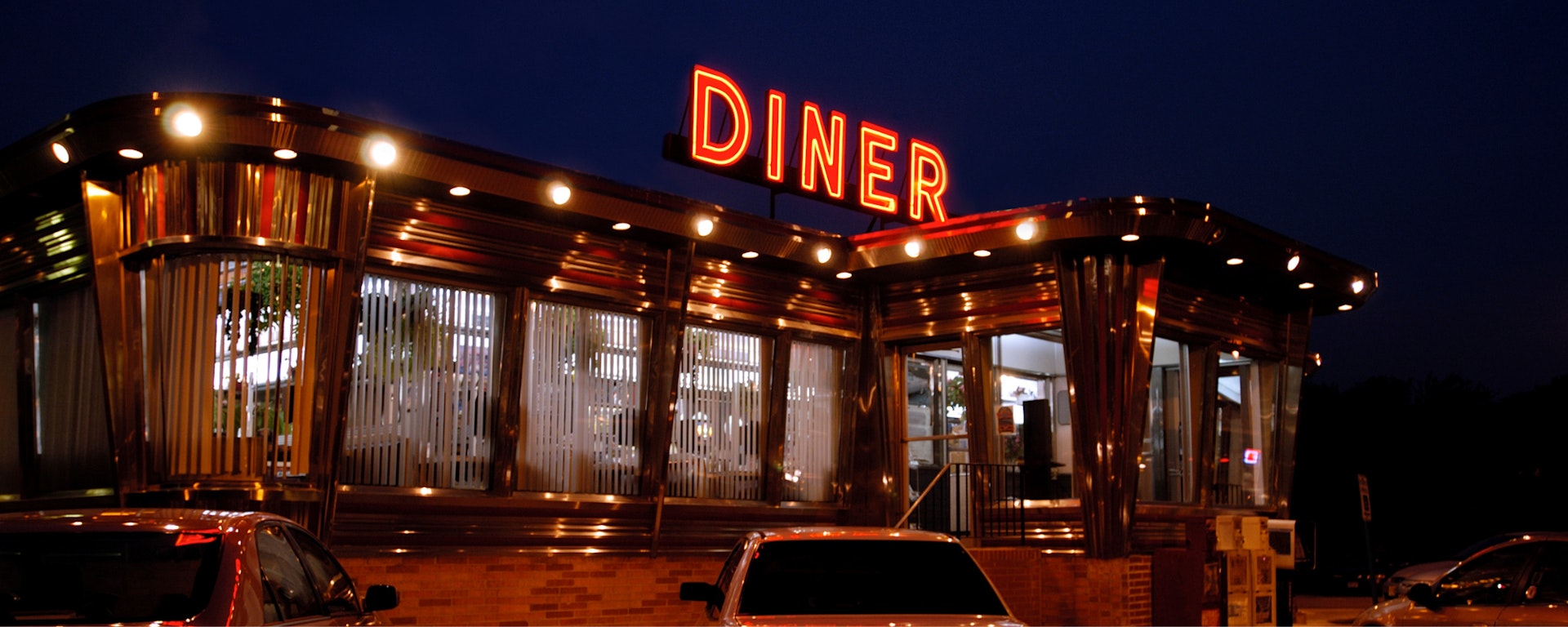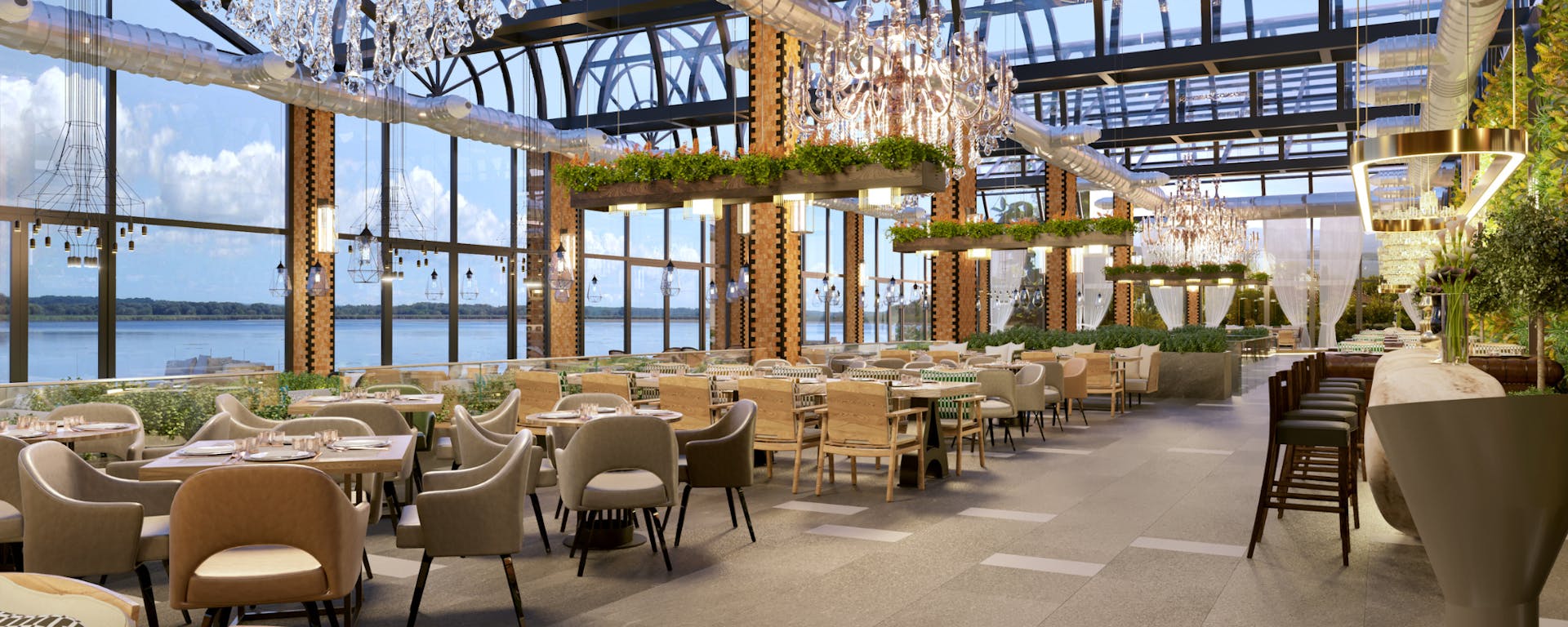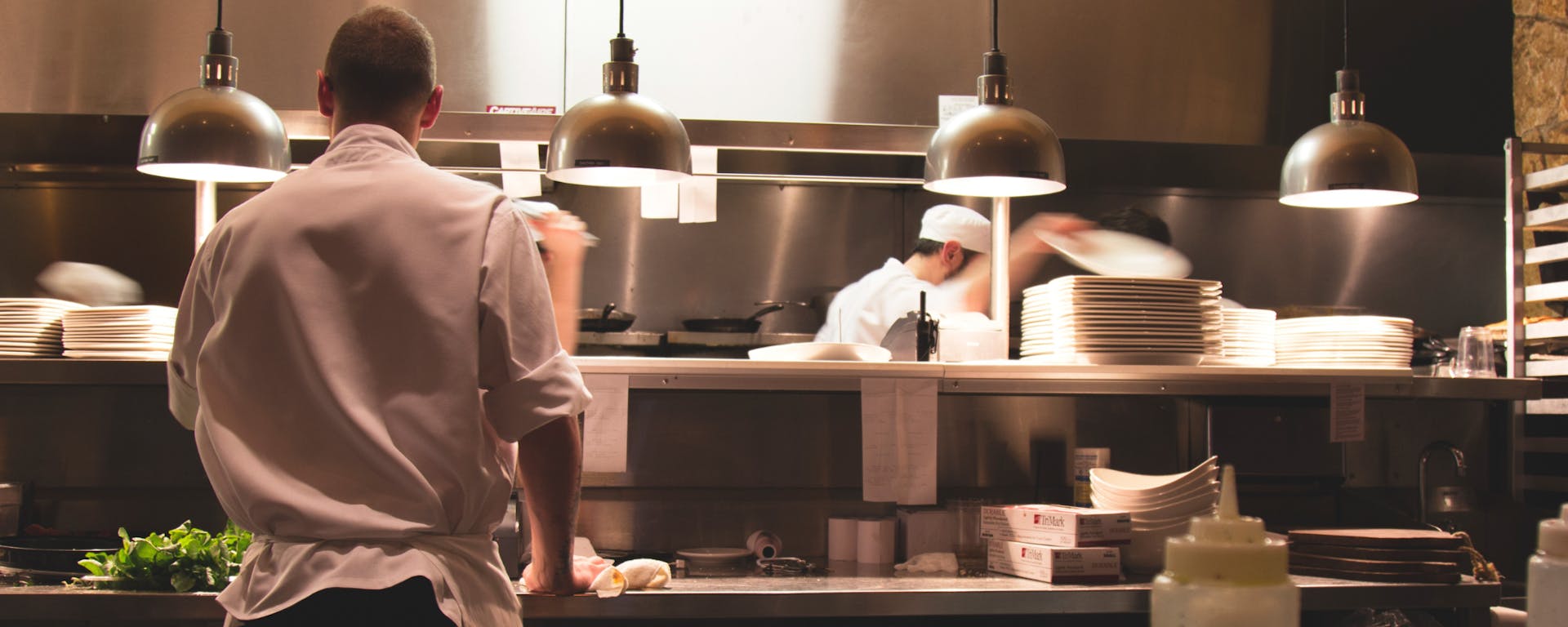For restaurants, efficient communication is essential to managing reservations, coordinating staff, and handling customer inquiries. Although VoIP for restaurants comes with many benefits might also come with challenges. Here's how you can tackle and overcome these restaurant industry challenges in 2025.
List of the most common restaurant industry challenges 2025
1. Connectivity issues
The challenge:
VoIP depends on a stable internet connection. Restaurants with insufficient bandwidth or frequent network interruptions may experience poor call quality or dropped calls.
How to overcome it:
- Upgrade your internet plan: Ensure your internet connection has enough bandwidth to handle VoIP traffic alongside other online activities, such as order systems or music streaming.
- Invest in a backup connection: A secondary internet connection can serve as a fail-safe in case of disruptions.
- Optimize your network: Use quality-of-service (QoS) settings to prioritize VoIP traffic over other types of data on your network.
Example:
If you are a small diner with frequent network slowdowns, adding a fiber internet connection would enable QoS, eliminating call disruptions during peak hours.
2. Adapting to new technology
The challenge:
Switching from traditional phone systems to VoIP might be daunting for staff who are unfamiliar with the technology. This can lead to resistance or improper use of the system.
How to overcome it:
- Provide hands-on training: Conduct training sessions to familiarize staff with VoIP features, such as call forwarding, voicemail-to-email.
- Create reference materials: Provide quick guides or FAQs that staff can easily access. You can share PBX.IM's blog posts with your team. Also, choosing PBX.IM, as your VoIP providers, comes with in-depth documentation and 24/7 customer service.
- Highlight benefits: Show how VoIP simplifies tasks like managing orders or connecting with other team members, making their jobs easier.

3. Security concerns
The challenge:
Handling sensitive customer information, such as credit card details or personal data, requires secure communication channels. VoIP systems can be vulnerable to hacking or data breaches if not properly secured.
How to overcome it:
- Choose a secure VoIP provider: that offers encryption and complies with industry standards.
- Implement multi-factor authentication (MFA): Add an extra layer of security to prevent unauthorized access.
- Keep systems updated: Regularly update your VoIP software to ensure it includes the latest security patches.
PBX.IM has and will have many built-in security features, such as:
- Multi Factor Authentication (MFA)
- Trusted Devices: You can see the list of devices you trust and manage them.
- IP restrictions: You can restrict which IPs users can log in from both at the account and user level.
- Country restrictions: You can restrict users from which countries users log in both at the account and user level.
- Unusual activity email notifications.
- Granular roles & permissions: You can control who has access to what based on roles and permissions for each role.
- Encryption: The SIP Client uses standard SIP encryption: TLS and SRTP. The webphones use standard SSL over HTTPS encryption.

PBX.IM is deeply committed to maintaining the highest level of security, continuously implementing and updating advanced protective measures, to ensure robustness and reliability, effectively safeguarding client communications.
4. Handling high call volumes during peak times
The challenge:
During busy hours, restaurants often struggle to manage a surge of incoming calls, resulting in missed reservations or frustrated customers. This is one of the industry challenges that restaurants face in 2025.
How to overcome it:
- Leverage auto-attendants: Use automated menus to route calls efficiently (e.g., “Press 1 for reservations, 2 for takeout orders”).
- Enable call queues: Keep customers on hold with updates about their position in line to prevent missed calls.
- Use voicemail-to-email: Ensure after-hours messages are captured and addressed promptly.
Example:
A seafood restaurant could use VoIP’s call queue to hold multiple callers during their popular weekly lobster special while the auto-attendant directs inquiries to the right department, ensuring all calls are managed efficiently and reducing missed opportunities.
5. Scaling communication systems as the business grows
The challenge:
Expanding to multiple locations or hiring seasonal staff often requires more phone lines and better coordination, which can be expensive and time-consuming with traditional systems.
How to overcome it:
- Adopt cloud-based VoIP: Add or remove lines quickly without the need for new hardware.
- Integrate multi-location connectivity: Use VoIP to link all locations under a single system for seamless communication.
- Monitor call analytics: Use data to predict staffing needs and optimize resources for seasonal surges.
Example:
A growing pizzeria chain that adds VoIP lines for each new location within hours would enable smooth coordination between branches and would reduce communication delays.
Conclusion
While implementing VoIP in a restaurant comes with challenges, they are easily manageable with the right strategies. By addressing issues like connectivity, security, and staff adaptation, restaurants can unlock the full potential of VoIP to streamline operations, enhance customer service, and support business growth. Try it now and make sure that the restaurant industry challenges won't affect your business!

Join PBX.IM to explore VoIP solutions tailored to your needs. Let us help you improve efficiency, security, and customer satisfaction!
FAQs related to restaurant industry challenges
How can I ensure my VoIP system has reliable call quality?
Ensure a stable internet connection, prioritize VoIP traffic using QoS settings, and choose a provider with a proven track record for uptime and call quality.
What can I do if my staff is hesitant to use VoIP?
Provide hands-on training, share user-friendly guides, and emphasize how VoIP simplifies tasks and improves workflow.
Is VoIP secure enough for my restaurant’s communication?
Yes, as long as you choose a provider with encryption, implement MFA, and regularly update the system to protect against vulnerabilities.
Can VoIP handle the communication needs of a multi-location restaurant?
Absolutely. VoIP systems are scalable, allowing seamless connectivity and coordination across multiple locations.

I’m a VoIP product strategist with hands-on experience building and scaling communication tools. At PBX.IM , she simplifies complex topics like SIP and cloud telephony to help businesses make smart, confident tech decisions.


